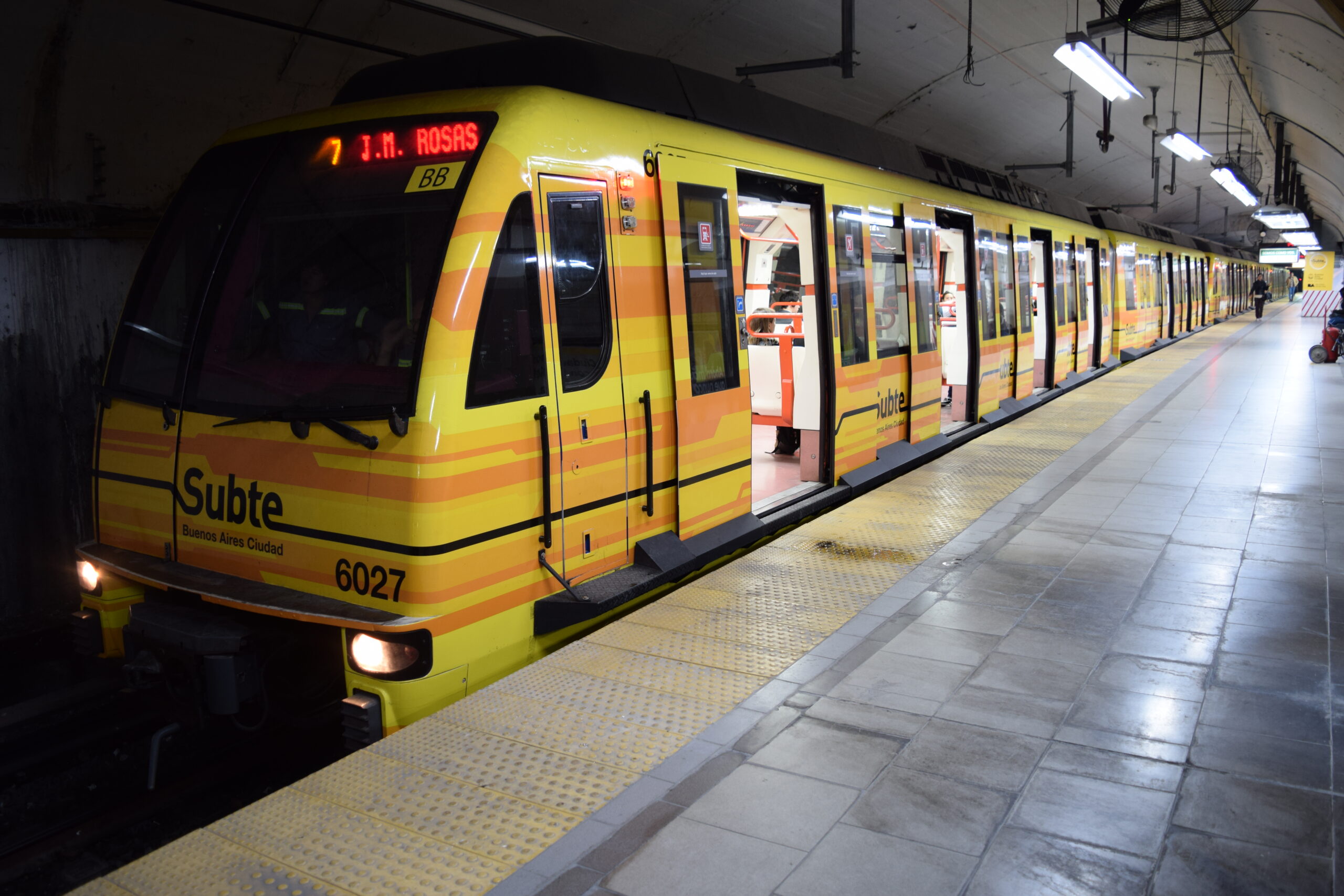Getting Around Buenos Aires
Addresses in Argentina are very short and usually don’t include “Calle” (street in Spanish) or Avenida when written informally. And the building number is written after the street name. For example, “Florida 656” means that the building number is 656 and the street name is “Florida”.
You’ll see “CABA” sometimes in the address. This means “Ciudad Autónoma de Buenos Aires” (Autonomous City of Buenos Aires) – the official name for Buenos Aires. It is also sometimes referred to as “Capital Federal”. Buenos Aires is both a city and a province (eg, like San Francisco is both a city and a county, or New York is both a city and a state).
Car Hire Apps
These are the available apps for booking a taxi or car for a ride in BA:
- Uber (Android / iOS) is not legal here, but used commonly
- Didi Rider (Android / iOS) – has the most drivers and great prices
- Cabify (Android / iOS) also works well
- BA Taxi (Android / iOS) – app run by the BA government. Yes, taxis here are mostly trustworthy!
- inDrive
Public Transportation
Buenos Aires has an excellent public transportation system to easily get around via buses, trains, and metro/subway (Subte). Most buses run 24-hours, and the subway runs daily until around 11:30pm depending on the line.
To take public transport, you’ll need a SUBE card, which is a rechargeable electronic card to pay for transportation. You can buy a SUBE card at a Kiosco (the ubiquitous convenience stores), lottery stores, or the subway stations – you may have to try several locations to find one as there is currently a shortage of them. Their official Twitter account also periodically posts locations that have the card in stock. The metro is reliable and good. Add money to your SUBE card at most Kioscos, lottery stores, and train stations.
Apps for using buses and metro:
- Moovit: best & easiest app
- Official government app
- Google Maps: the bus routes are often not up to date and it does not notify temporoary service cuts or change of routes
- Cuando SUBO: It attempts to tell you how long the next bus(es) is expected to arrive at a given stop. The key operative word is “attempt”, but it is still better than Google maps, especially when it’s late. (BTW, this app is only downloadable if Google can tell you are in Argentina, it won’t show up if your Google Play Store or Apple account is locked in other countries).
Ecobici City Bicycles
You’ve likely seen the Ecobici bikes lined up at certain points around the city. These bikes are easy to use – you’ll just need to download the app and create an account for payment. Keep in mind when paying that the tourist prices are much higher than for locals.
Download the app to easily find the closest bicycle rental point and see how many are available. More info at https://www.baecobici.com.ar/en/turistas
Buses
Buses are called colectivos (or bondi, if you want more street cred). They have marked stops in the streets with a pole or seating (or sometimes even a tree) and look for the bus numbers. Be mindful that queueing is obligatory, stand in line to enter the bus through the front door. The Argentines are phenomenal at observing and maintaining la fila (the line), it doesn’t matter where the bus actually stops, or how the line is actually formed, they have an uncanny ability to reorganize to maintain the proper order. No one cuts the line, no one jumps the line, it’s amazing.
To stop the bus, raise your hand. But not just casually raise your hand, but raise it, extend it, wave it as if your life depends on it. When boarding, tell the driver which street you will get off at so that they charge you the correct amount, then press your SUBE card against the card reader til a green indicator flashes. If you don’t tell the driver where you will get off, the system will charge you the maximum fare.
Metrobus are the buses with exclusive lanes in major streets and have platforms for bus stops. These are faster than the colectivo buses because they travel in dedicated lanes.
Metro/Subway is called Subte (for “Subterráneos”) and is the fastest way to get around. You swipe your SUBE card upon entry, but not upon exit. When you exit the Subte, just walk through the turnstile. The fare for Subte is flat fare (one amount per trip, and not based on distance traveled).
When entering a Subte station, look for the name of the station at the end of line in the direction you’re traveling in, and look for signs that say “a + station name”. The letter “a” means “to”.
Taxis
Taxis in Buenos Aires are reliable, safe, and generally honest. They’ll turn on the meter without being asked. Note that the night rate is slightly higher (roughly 10% more) than the daytime rate. Make sure to provide a “street x street” corner address – works better and easier than a street name and number.
While it’s rare, sometimes you’ll find a taxi driver who will try to scam you out of a little extra cash by saying you gave them a much lower note than you actually did (they could say you gave them a 20 instead of a 1,000). You can get around this by counting out the money to them in front of them.

Suggest an update to this page!
The TangoVida Guide is community-written. Submit your feedback below to help improve it. We appreciate your help.
